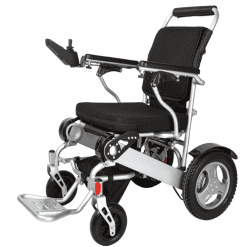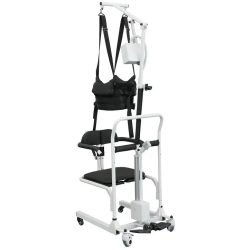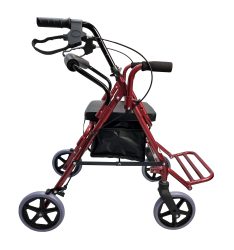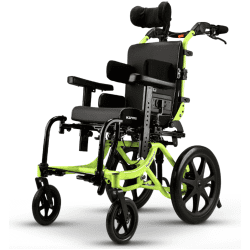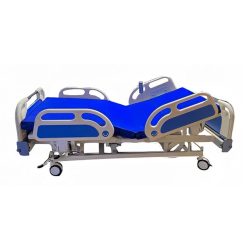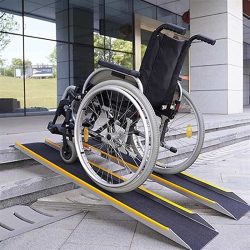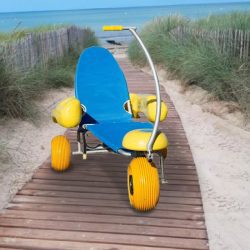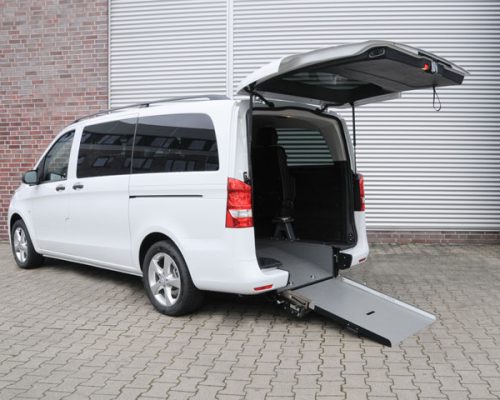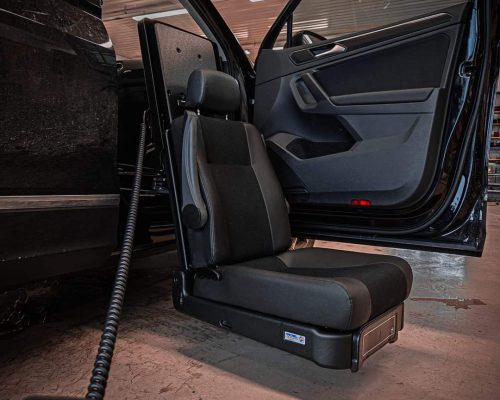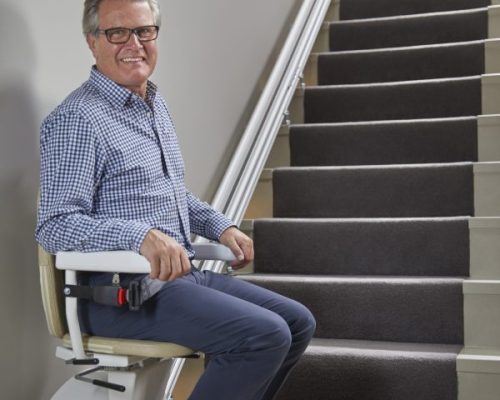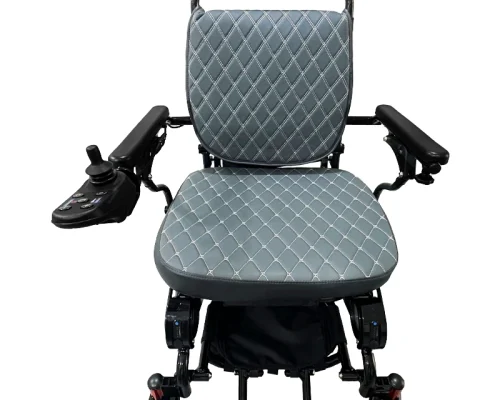Table of Contents
ToggleStatistics show that mobility aids use will increase from 31% to 34% by 2025. These mobility aids provide great independence to people with less body functionality. The two most common walking aids are the rollator and the walker. A rollator and walker will allow you to move around freely if you can stand independently. You must be confused because the terms are used interchangeably. However, there is a significant difference between the two.
The main difference between a rollator and a walker is the use of wheels in the frame. Both have the same frame structure; handles and legs. However, you need to lift the walker with each step, whereas the rollator is installed with two to four wheels and can easily slide forward instead of lifting. These are two different walking aids used according to the therapist’s recommendations.
Both are helpful, and one can feel secure using them because the chances of falling reduce significantly. Additionally, you can move around using these walking aids without relying on others.
We examined these walking aids to determine their differences and advise you on which suits your needs best. So, let’s get started in detail.
Why Use One in the First Place?
First and foremost, why do we need to use these walking aids? There are several reasons to use these mobility aids. Typically, these assist a person with poor body balance in feeling independent and improving their quality of life.
Other applications include:
- Reduce the risk of falling
- Avoid fatigue
- Helps in balancing
- Listen to the pressure on weak muscles or joints
What to Consider Before Choosing
Some factors may help you choose the right walking aid for you. These are;
- Understand upper body strength because on some uneven paths, you must constantly lift these aids like terrain. As a result, the patient’s muscles must be strong enough to lift them away from such tracks.
- A patient must be able to handle the product having wheels. Sometimes it becomes difficult for patients to hold the rollator.
- If you travel outside regularly, you might need to learn how to fold a walker or rollator to carry and store easily.
- The health factor is crucial before choosing any of these; it is good if you can walk easily without damaging your health conditions. Otherwise, you might consider other mobility aids, such as wheelchairs, scooters, etc.
- Lastly, you must look at your budget to find the right product for yourself.
Difference Between A Rollator and Walker
Both are technically walking aids but with different features and capabilities. Both are ideal for supporting those who recently underwent surgery or hip replacement and don’t require a wheelchair for moving.
- One key difference is lifting metal frame walkers with each step. Meanwhile, the rollator can push forward quickly.
- The other one is slow and fast-moving. A walker is best for a slow pacer with less body balance, whereas a rollator can work well for someone who can take quick steps while sliding its wheels on the ground.
Seat for Resting
A seat is installed on a rollator for resting after a walk, while the walker is just a simple metal frame with handles and legs. However, you can’t use a rollator as a wheelchair because it is designed differently.
When Rollator Works Well
Suppose someone couldn’t lift the walker for each step and had weak shoulders. A rollator can help such patients as it is easy to push forward. Moreover, good rollators have a braking system to control them and prevent the user from falling behind.
When Walker Works Well
Suppose the patient is not very weak and needs a little assistance for walking to control body balance. In such cases, walking is an excellent option to avoid hobbled feelings and balance their body.
Types of Walkers
A traditional walker is simple and lightweight. It doesn’t feature any wheels on the legs. It is light and requires little arm strength to lift and put back on the ground while stepping forward. Most therapists recommend this if someone needs little aid for walking.
Two-wheel walkers are suitable for a person who needs little extra help for walking.
Both walkers are height adjustable, foldable, and non-foldable.
Types of Rollator
Rollators are equipped with two or four wheels, hand brakes, a front swivel wheel, and padded seat, a backrest, and a pouch for carrying personal items. The design of wheels is different for indoor and outdoor use.
For those who want extra support for walking and more effortless movement in a narrow space, a three-wheel rollator is a good choice.
A four-wheel rollator is best for those who want more support with resting seats, so they can relax after walking.
Bottom Line
There is a clear difference between a rollator and a walker in the post. Now you can easily choose the right one. We know finding the right mobility product is difficult, so we try to give you the best solution.

